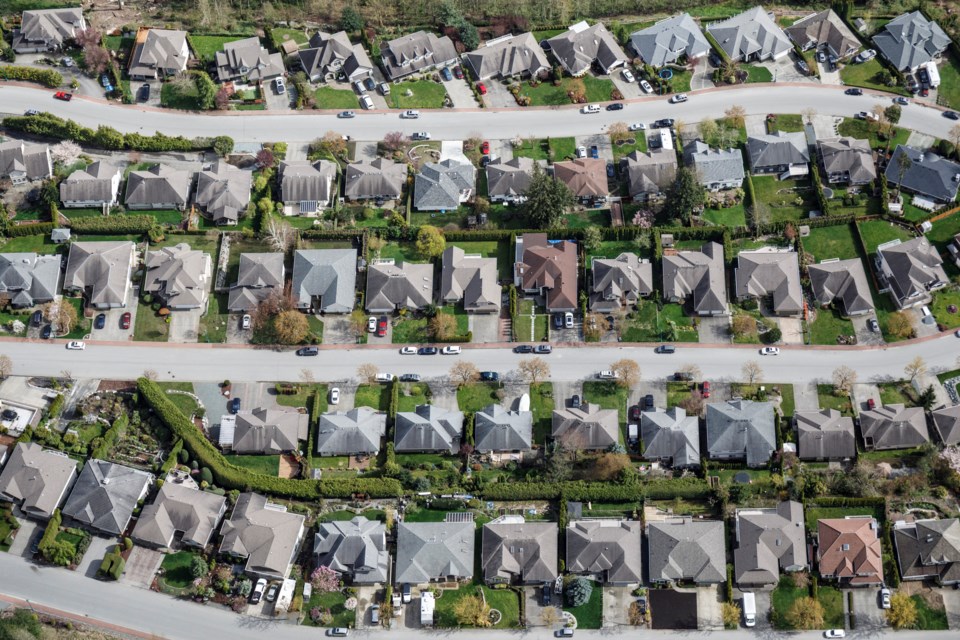In the real estate world, there's a historic divide between the east and west sides of Vancouver and researchers have found it popping up again.
A study out of UBC shows that laneway houses, the secondary detached domiciles built on properties usually as rental units, can hurt the value of neighbouring properties. They found if there was a laneway house within 100 m of a property on the west side of the city that property would see a 2.8 per cent lower sale price.
For those next door, the price drops 3.8 per cent, and those in the value of properties in the most affluent areas of the city can drop by 4.7 per cent.
In East Vancouver the impact of laneway houses in a neighbourhood was negligible.
"The overall effect is around 2.8 per cent, but that’s because the effect is so much larger at the high end. In many areas the effect was much smaller," says associate professor and study co-author Dr. Tsur Somerville in a press release.
The reasons for the pattern aren't that surprising, researchers found. The number one reason for the price impact was people didn't want the people living in the laneway houses, which usually abut a lane, to look into their backyard.
"So, when the second floor of the neighbour’s laneway is looking straight into the back of my house and into my backyard, that’s where we find the negative effects," says Dr. Somerville. "That’s what we’re really picking up."
In other words, it's very much a part of the 'not in my back yard' attitude known as NIMBYism.
Other factors were area density and "a distaste for renters."
Report co-author Dr. Thomas Davidoff notes research of specific issues like what’s detailed in the paper allows for a better understanding of complex issues around housing affordability.
“So understanding at a bit more of a granular level how neighbouring density affects homeowners is essential,” he explains.
In recent years thousands of new laneway homes have been built after the City of Vancouver changed rezoning rules in 2009.



